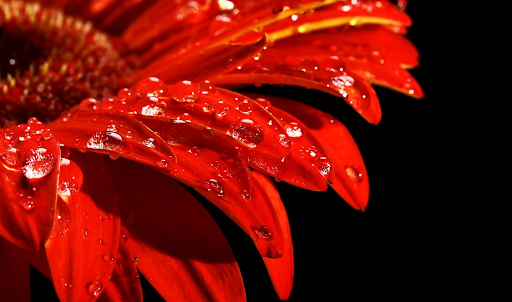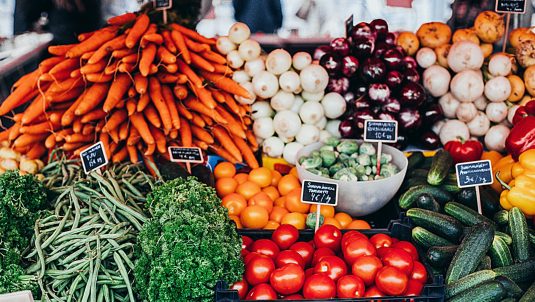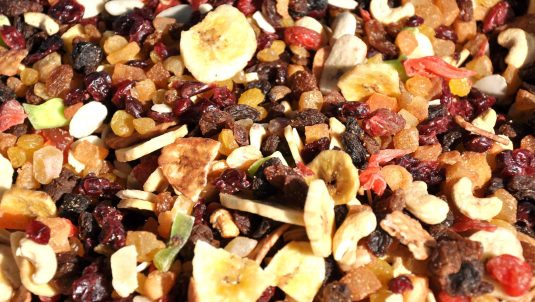How To Plan A Rain Garden
At Organic Restaurants, we’re always looking for new sustainable ideas and ways that we can help out the environment. If you’re the same way, you may have thought about building a rain garden of your own. This is a relatively simple DIY project that you can complete at your home or business. With a bit of work, you’ll have a beautiful garden full of organic vegetables and local flowers that will have a positive effect on the environment.
What’s a Rain Garden?
Simply put, a rain garden is a garden that’s designed to be nourished by the rain. A rain garden catches stormwater runoff, potentially preventing flooding and putting the water that’s already there to good use. You don’t have to run up the utility bills to water this new garden of yours, and soon enough you’ll have a beautiful space that creates a great home for local wildlife like birds and butterflies.
What You Can Plant
Many types of plants can do well in a rain garden. Flowers, organic vegetables, and plants that are native to the area can all thrive. We recommend plants with well-developed roots, because seeds can potentially wash away.
It’s also possible to set up multiple “zones” in your garden that accommodate different types of plants that do well in different conditions. For example, one zone could be for plants that grow well in drier conditions, while another is for plants that grow better in wetter conditions. A third zone could be for plants that are somewhere in the middle.
While planting edible ingredients isn’t always a priority for rain garden builders, we’ve seen some success with planting organic fruits and vegetables. Asparagus, strawberries, and raspberries are all among some of the plants that we’ve seen grow and thrive in a rain garden, so don’t be afraid to experiment with some produce that’s native to your region.
How You Can Build Your Own
This is a project you can take on at your home or business. First, test out the soil. Dig a small hole, roughly six inches deep and six inches wide, and fill it up with water. Drain it, and let it fill up with water again. Then check if the water is gone in 24 hours. If it is, that soil is good for a rain garden.
Then you want to find the ideal location. Ten to fifteen feet away from your home is smart, on a path that would block stormwater runoff. Also make sure that you’re not building a rain garden on top of utility lines or ground that’s already wet. Dig six to eight inches down and try to build a garden that’s somewhere between 100 and 300 square feet, twice as long as it is wide. Angling the sides slightly down is a good idea as well.
Now you want to make the “berm,” which is essentially just a small earth wall on the downward slope of your rain garden. This will stop stormwater from flowing out, allowing your plants to absorb the water they need to grow.
Your Source for More Sustainable Ideas
So if you’re trying to live a more sustainable lifestyle and looking for a project that beautifies your property while helping the environment, building a rain garden is a great idea. Keep an eye on the Organic Restaurants blog for more ideas and eco-friendly projects!
Find restaurants with organic options near you
Search by city or see restaurants close to you.






 Sign in with Google
Sign in with Google Sign in with Facebook
Sign in with Facebook